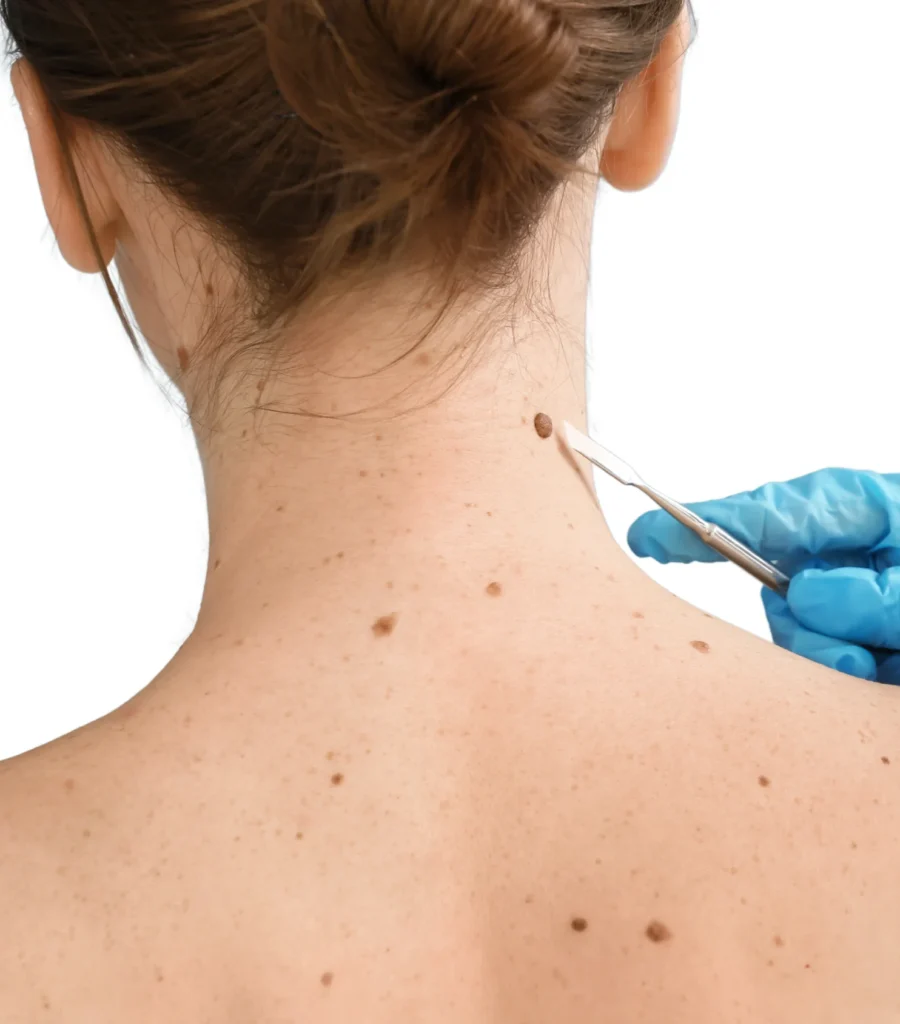
Skin Tumor Treatment in Hyderabad: Advanced Care at Lux Hospitals
Skin tumors are abnormal growths on the skin that can be benign (non-cancerous) or malignant (cancerous). Early detection and appropriate treatment are crucial for effective management and recovery. For advanced skin tumor treatment in Hyderabad, trust the experienced dermatologists at lux hospitals. To guarantee the best care and a speedy recovery, we provide state-of-the-art operations that will improve your general quality of life.
What are Skin Tumors?
- Moles and lipomas are examples of fatty skin lesions that are benign malignancies.
- Malignant tumors include basal cell carcinoma, squamous cell carcinoma, and melanoma.
Causes of Skin Tumors
- Much exposure to the sun.
- Skin cancer in the family.
- Exposure to dangerous substances.
- Compromised immune system.
Symptoms of Skin Tumors
- New growths or non-healing lesions.
- Changes to the size, form, or color of already-existing moles.
- Painful skin growths that might itch or bleed.
Advanced Treatment Options for Skin Tumor
Our clinic in Hyderabad offers comprehensive treatment options tailored to each patient’s needs:
- Surgical Excision: Removing the tumor with a margin of healthy tissue.
- Mohs Surgery: Precise technique for removing skin cancer layer by layer.
- Cryotherapy: Freezing and destroying abnormal cells.
- Laser Therapy: Using focused light to remove or destroy tumors.

Dr Abhishek Katha
MBBS, MS, FMAS, FISCP, DMAS
Speciality : General and Laparoscopic Surgeon
Experience : 16 years

Dr Samhitha Reddy
MBBS, MS, FMAS, FISCP, DMAS
Speciality : Colorectal Surgeon & Proctologist
Experience : 8 years
Why Choose Lux Hospitals for Skin Tumor Treatment in Hyderabad?
- Expert Team: Our experts have experience treating skin tumors to provide individualized care.
- Advanced Technology: Utilize the most advanced technology for accurate diagnosis and effective treatment.
- Holistic Care: From initial consultation to follow-up after treatment, we provide beginning-to-end care.
- Convenient Location: In the centre of Hyderabad, the residents have convenient access.

Dr Abhishek Katha
MBBS, MS, FMAS, FISCP, DMAS
Speciality : General and Laparoscopic Surgeon
Experience : 16 years

Dr Samhitha Reddy
MBBS, MS, FMAS, FISCP, DMAS
Speciality : Colorectal Surgeon & Proctologist
Experience : 8 years
LUXGPT : Your One message Away Companion

Healthcare, simplified—everything you need in one place. From sharing medical reports to getting answers about insurance or doctor consultations, just send a quick text or voice note for instant support.










